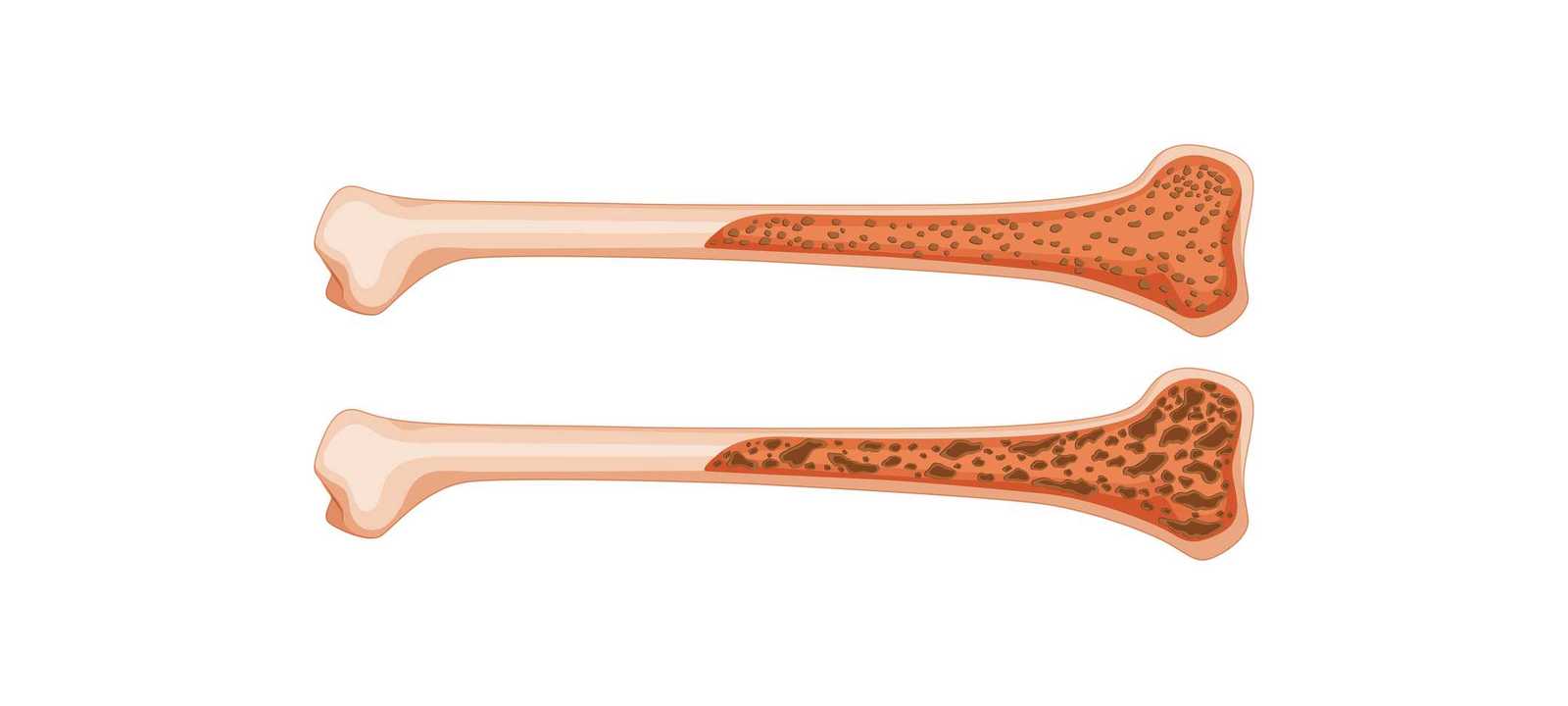Vitamin D and Scoliosis


Photo: brgfx - www.freepik.com
Until now, a large number of theories have been proposed that try to explain the origin of adolescent idiopathic scoliosis. The occurrence of AIS itself cannot be linked to one specific factor, but is always a set of several related factors, genetic predispositions, hormonal and biochemical imbalances, impaired biomechanics of the spine, the influence of the environment and lifestyle. Several studies have shown that vitamin D is associated with bone mineral density, tissue fibrosis, postural control and balance, and its deficiency has been registered in people with AIS. The deficit does not directly lead to the development of AIS, but it is significant in many processes that accompany its development.
The effect of vitamin D on the human body begins very early. Even while we are in the womb of our mothers, it affects the development of brain functions and the thickness of the cerebral cortex. After birth and in the first years of life, vitamin D supports postural control and balance. The mechanism through which it affects these processes has not been clarified, but there is evidence that vitamin D supplement therapy leads to a positive effect on balance in both children and adults. Vitamin D is also closely related to physical maturity and the onset of first menarche. Namely, vitamin D deficiency leads to reduced secretion of estrogen and thus leads to later menarche and physical maturity. In addition to estrogen, vitamin D also affects the level of melatonin. Melatonin is a hormone that regulates sleep, and its imbalance was previously thought to be one of the main triggers for scoliosis. It stimulates body growth and leads to the proliferation of bone tissue, its maturation and mineralization. Another hormone very important for the development of AIS is leptin. Leptin is a hormone that acts on appetite regulation, energy consumption and the creation of fat tissue. Obese people have higher levels of leptin in the blood and thin people have lower levels. Low leptin levels can also lead to later puberty, and its connection with vitamin D is primarily in the deposition of vitamin D in adipose tissue. The higher the percentage of fat tissue in the body, the less vitamin D is in the blood because it is deposited and "trapped" in the fat tissue. Estrogen, melatonin, leptin and vitamin D work through closely related mechanisms and directly affect the density of bone tissue.
Perhaps the most important mechanism of action of vitamin D on the human body is on the very density of bones and their mineralization. About 30% of people with AIS have reduced bone density, osteopenia, this reduced density is not only in the spine but in all the bones of the body. This altered density is directly related to the progression of scoliosis not only in persons with AIS but also in other types of scoliosis ( adult ). Research has shown that people with AIS and normal bone density have smaller or moderate curves compared to those with AIS and reduced bone density. When a parallel is made with the influence of vitamin D on physical maturity and bone density, we can see that people with vitamin D deficiency definitely have a higher risk of developing AIS. Their curves have a greater Cobb angle and, therefore, greater progression compared to those with normal vitamin D levels.
